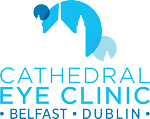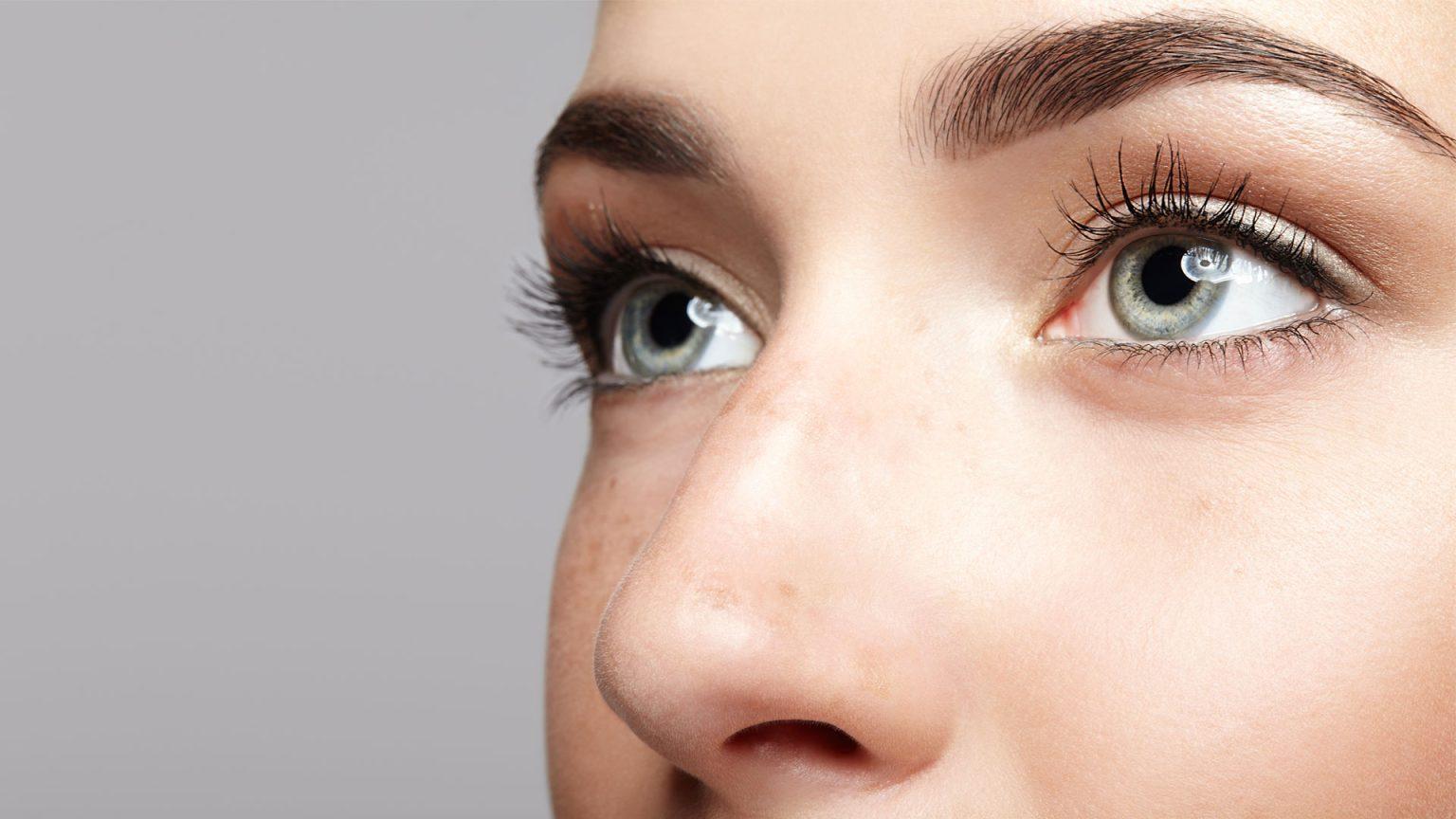MONOFOCAL LENSES
Monofocal lenses offer patients improved vision at long, middle and close-distance ranges – however, not all three at once. This form of intraocular lens (IOL) is commonly used in clear lens exchange procedures and cataract surgery, and offers enhanced contrast sensitivity and a reduced likelihood of visual disturbances such as halos and glares. Toric IOLS, used primarily to correct cases of astigmatism, are also classified as monofocal IOLs.
Because monofocal lenses are designed with the purpose of correcting vision at only one distance, patients will often still require glasses for close-distance tasks such as reading small print or writing. Whether patients require eyeglasses following their treatment will largely depend upon the type of IOL used in your refractive lens exchange procedure.
Monofocal lenses are inserted via a refractive lens exchange procedure (also referred to as Lens Replacement Surgery or Clear Lens Extraction). This is an attractive alternative to patients who may be deemed unsuitable for other procedures such as LASIK or PRK, and is recognised as an efficient solution for those suffering from presbyopia or high hyperopia (long-sightedness).
Refractive lens exchange is also a common alternative for patients over the age of 40, or those with thin corneas. Put simply, the procedure entails a replacement of the eye’s natural lens with an artificial intraocular lens, allowing patients to achieve clearer vision and a reduced dependence on glasses and contact lenses. Notably, refractive lens exchange guarantees that no cataracts form (this is because cataracts are unable to form in artificial IOLs).
There is a variety of lens replacement surgery procedures on offer to patients at Cathedral Eye Clinic. However, the term is usually used to refer to one of three treatments: RLE (Refractive Lens Exchange), ICL (Implantable Contact Lenses) and Cataract Surgery. These treatments are similar in nature and boast an impressive patient satisfaction rate.
Because monofocal lenses are designed with the purpose of correcting vision at only one distance, patients will often still require glasses for close-distance tasks such as reading small print or writing. Whether patients require eyeglasses following their treatment will largely depend upon the type of IOL used in your refractive lens exchange procedure.
- Expert treatment: The refractive lens exchange procedure is highly effective and is most commonly used in the treatment of cataracts; dry eye symptoms, astigmatism, short-sightedness, long-sightedness and presbyopia.
- New lease of life: Enjoy renewed confidence thanks to a lesser need for contact lenses and prescription glasses.
- Less complications: Significantly lower chance of developing infections in the eye later on life.
- No cataracts: Cataracts cannot form on artificial lenses.
Testimonial
Enhanced confidence
Enjoy a new lease of life thanks to a reduced dependency on prescription glasses and contact lenses.
MULTIFOCAL LENSES
Multifocal lenses are a type of intraocular lens (IOL) which offers patients improved vision and long, middle and close-distance ranges. Commonly used in cataract surgery and lens exchange procedures, these lenses also provide better contrast sensitivity and reduced chances of experiencing visual disturbances such as halos and glares.
Unlike monofocal lenses, multifocal lenses are designed with the purpose of correcting vision at multiple distances. However, whether patients will require glasses following their procedure will largely depend on the type of IOL used in your refractive lens exchange procedure.
Multifocal lenses are inserted via a refractive lens exchange procedure (also referred to as Lens Replacement Surgery or Clear Lens Extraction). This is an attractive alternative to patients who may be deemed unsuitable for other procedures such as LASIK or PRK, and is recognised as an efficient solution for those suffering from presbyopia or high hyperopia (long-sightedness).
Refractive lens exchange is also a common alternative for patients over the age of 40, or those with thin corneas. Put simply, the procedure entails a replacement of the eye’s natural lens with an artificial intraocular lens, allowing patients to achieve clearer vision and a reduced dependence on glasses and contact lenses. Notably, refractive lens exchange guarantees that no cataracts form (this is because cataracts are unable to form in artificial IOLs).
There is a variety of lens replacement surgery procedures on offer to patients at Cathedral Eye Clinic. However, the term is usually used to refer to one of three treatments: RLE (Refractive Lens Exchange), ICL (Implantable Contact Lenses) and Cataract Surgery. These treatments are similar in nature and boast an impressive patient satisfaction rate.
- Expert treatment: The refractive lens exchange procedure is highly effective and is most commonly used in the treatment of cataracts; dry eye symptoms, astigmatism, short-sightedness, long-sightedness and presbyopia.
- New lease of life: Enjoy renewed confidence thanks to a lesser need for contact lenses and prescription glasses.
- Less complications: Significantly lower chance of developing infections in the eye later on life.
- No cataracts: Cataracts cannot form on artificial lenses.
I had my Lens Replacement Surgery at Cathedral Eye Clinic. Excellent pre and post-operative care. No pressure to commit. Options explained thoroughly and honestly. Decision to proceed was entirely mine. No sales pressure. All staff very professional and evident that they work as a dynamic team headed by Prof. Moore.
Diane Bell
Begin your journey to visual freedom
Contact us today and speak with a member of our patient care team, who will help to arrange an appointment so you can begin your journey towards visual freedom.

